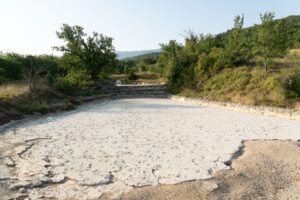The cross-border Geopark Karawanken/ Karavanke was established in 2011 to reflect the diverse geological composition and varied and rich natural and cultural heritage of the area. The wealth of geological heritage is reflected in numerous, already existing geosites, exceptional and unique on a global level, as well as in newly determined mineral and fossil sites. […]
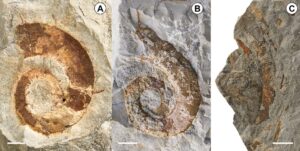
Piesberg quarry is famous for its Upper Carboniferous plant and arthropod fossils, including several holotypes of flying insects. The high degree of maturity of the Piesberg strata, such as the presence of anthracitic coal, quartzite, and large quartz crystals, led to controversies over a possible underlying thermal anomaly. The Piesberg is of further importance for […]
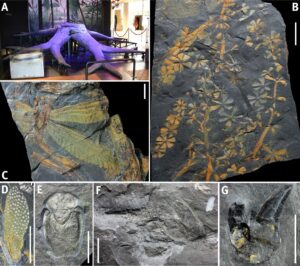
Despite its paleontological importance, the Messel Pit was under threat to become a waste disposal site, and its eventual designation as the first Natural World Heritage UNESCO geosite in Germany followed an intense fight in which numerous principles of geoheritage and geoscience popularization were explored. The UNESCO agenda 2030 for sustainable development is the basis […]
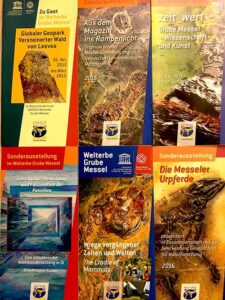
The Fossil Forest of the Aragoncillo Range is one of several paleontological sites of exceptional scientific value in the Sierra de Selas (Province of Guadalajara, central Spain). This shows an accumulation of silicified tree trunks along with well-preserved macro- and microflora of lower Permian age. This ancient forest, dominated by tree ferns and conifers, was […]
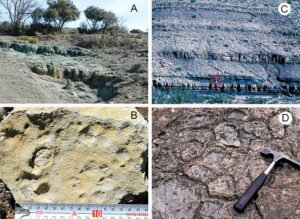
The Sobrarbe-Pirineos UNESCO Global Geopark, located in the Central Pyrenees, is a region of remarkable geodiversity that includes extensive Eocene fossil-bearing sites and constitutes an important archive of paleobiodiversity. The Sobrarbe-Pirineos Geopark hosts outcrops of Eocene formations bearing an unusual abundance and diversity of fossils from marine and continental sedimentary environments, making the Sobrarbe-Pirineos Geopark […]
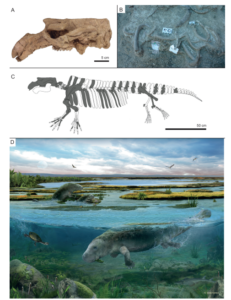
The iconic Kupferschiefer is a stratigraphic marker horizon of the Upper Permian in Northern and Central Europe, which is recognized internationally as a unique stratum because of its outstanding preservation of fish, reptile, and plant fossils. In the UNESCO Global Geopark TERRA.vita, Kupferschiefer fossils have been found at three tectonically uplifted elevations: Hüggel, Schafberg, and […]
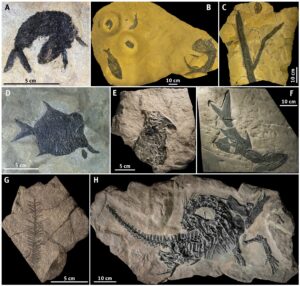
Trace fossils represent an important component of the Earth’s heritage that provide important keys for learning about the diversity and evolution of life and environments through time. They represent a rich and fragile geoheritage that requires special geoconservation measures. The Saignon tracksite, yielding thousands of tracks attributed to mammals, is located in the heart of […]
